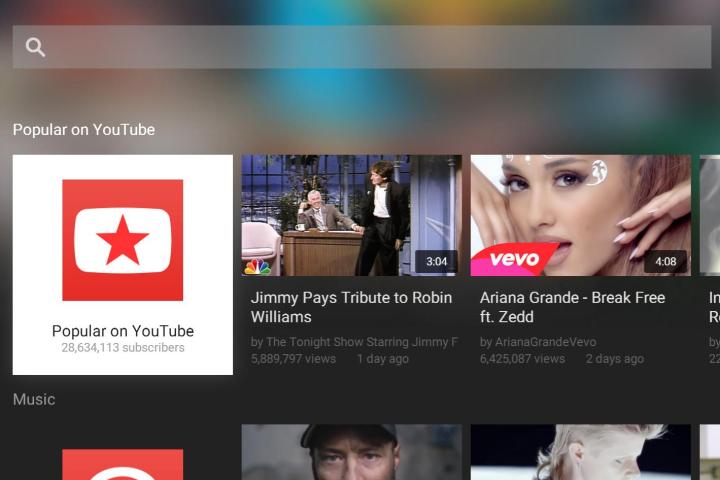
The same day YouTube announced a beta version of MusicKey, Azoff informed The Hollywood Reporter that Google had not secured the proper rights for the songs to be included in the new service and threatened to remove the 20,000 tunes. YouTube pushed back, claiming it has already secured the necessary rights.
ASCAP and BMI, the two major publishing companies that have managed the vast majority of artist performance rights for decades, have not made similar threats towards Google, presumably because the companies have previously reached an agreeable licensing deal with Google. Google has also reportedly reached deals with the three major record labels, Sony Music Entertainment, Universal Music Group, and Warner Music Group. But GMR attorney Howard King wants more than reports.
In a letter he sent to YouTube earlier this month, King noted Google’s failure to disclose terms for any licensing deal, “presumably because no such agreements exist for YouTube’s present uses of the Songs in any service, but certainly with respect to its recently added Music Key service.”
Google’s lawyer, David Kramer, responded in a letter on December 4 characterizing GMR’s request for YouTube to instantly remove those songs as an attempt to “circumvent the straightforward DMCA notice-and-takedown process that Congress devised to handle situations like this.” According to Kramer, rights holders must identify each individual YouTube video infringing on their copyright. For 20,000 songs from numerous popular artists, that would mean collecting the URLs for potentially hundreds of thousands of videos.
Google’s apparent lack of action with regard to content takedowns has provided an unexpected revenue stream for record labels. Since 2007, YouTube has allowed content rights holders to identify which videos infringe on the rights holder’s copyright with the technology platform Content ID. Content ID also allows rights holders to monetize user-generated videos which illegally use their copyrighted material by having ads placed against those videos for a 55 percent revenue share. Last month, YouTube announced it has paid over $1 billion to the 5,000 companies which have chosen this form of monetization. The very existence 0f Content ID means YouTube “can find sound recording by The Eagles and program it [to remove them] in a millisecond,” King told The Hollywood Reporter.
Which songs could potentially be removed as a result of GMR’s complaints is not readily known. Though, Azoff started GMR last year, the company’s official site does not list which works it manages, and, even now, still states that information will be available Fall 2014.
Editors' Recommendations
- What is YouTube Premium? Price, content, and more
- How to move your Google Play library over to YouTube Music
- YouTube’s new HD music videos let you relive your youth in vivid detail


